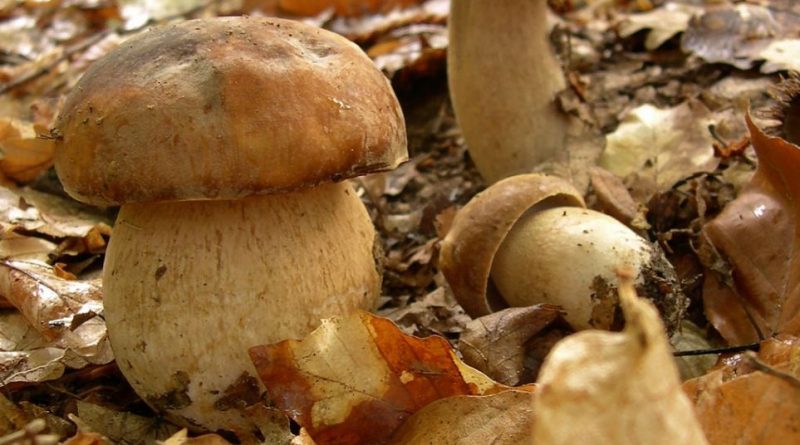Boletus aestivalis
Boletus aestivalis
The summer Porcino or Reticulated Porcino (Boletus aestivalis (Paulet) Fr. 1838) is an edible mushroom of the Boletaceae family.
Systematics –
From the systematic point of view it belongs to the Domain Eukaryota, Kingdom Fungi, Basidiomycota Division, Class Basidiomycetes, Order Boletales, Family Boletaceae and then to the genus Boletus and to the species B. aestivalis.
The term Boletus reticulatus Schaeff is synonymous. 1774
Etymology –
According to some authors, the term Boletus derives from the Greek βωλήτης bolétes, with which the Greeks called a kind of mushroom (from βωλος bólos with the meaning of gleba, clod, bush, because growing among the clods or bushy places); according to others, the meaning of βωλος is to be understood as the shape of a ball, since the hat of most mushrooms is globular; according to others, it derives from Bolites, a name used by the Romans to indicate the best edible mushrooms, even if originally referring only to the ova (Amanita cesarea), but soon used to call also porcini mushrooms.
The specific epithet aestivalis derives from summer, due to its presence in summer.
Geographic Distribution and Habitat –
The summer Porcino grows mainly in summer in broad-leaved woods (especially chestnut and oak); it is a fairly common but much sought after fungus.
Recognition –
Boletus aestivalis is recognized for a 4-20 cm hat, convex, almost flat, of a uniform brownish hazelnut color that easily chaps because of the dry heat and wind; the cuticle is dry, opaque and velvety. The pores are rather small, first white, then yellowish and finally yellowish-green in the old fungus. The tubules are long, thin, white then tending to yellowish. The stalk has dimensions of 8-15 cm x 2-5 cm, rather robust, with a regular cylindrical shape and swollen at the base, whitish in color, completely covered by a brownish pattern in relief. The meat is white, immutable, tending to yellow and with a soft consistency, a fungal smell and a sweet taste. At the microscopy, spores of dark color, tending to the olive, ellipsoidal-fusiform, of 12-16 x 4.5-5.5 μm are noted.
Cultivation –
Like all the hard-to-cultivate bolete; besides being a very common mushroom it reduces the interest.
Uses and Traditions –
Boletus aestivalis is an edible fungus of excellent edibility and great culinary value. This mushroom, for the less expert, is confused with other bolete of the porcini group. One of its peculiarities, in addition to the morphological aspects and often is attacked by larvae, numerous in the seasonal period in which it grows.
This boleto is certainly the most fragrant in the Edulis group, which gives particular sensations to many collectors, opening the mycological season of the best edible mushrooms, even if preceded by the Boletus pinophilus. It grows in a period that goes from late spring until the end of summer, as long as rainfall is not scarce. One of the morphological characters that distinguish it from other porcini mushrooms is the cuticle of the hat which is chapped with great ease, also due to the high temperatures of the summer and the prolonged exposure to the sun.
Preparation Mode –
the summer Porcino is prepared and conserved like the other edible bolete but for many, for its particular perfume, it is of greater value.
Guido Bissanti
Sources
– Wikipedia, the free encyclopedia.
– Cetto B., 2008. Real mushrooms, Saturnia, Trento.
– Pignatti S., 1982. Flora of Italy, Edagricole, Bologna.
– Conti F., Abbate G., Alessandrini A., Blasi C. (edited by), 2005. An annotated checklist of the Italian vascular flora, Palombi Editore.
Warning: Pharmaceutical applications and alimurgical uses are indicated for informational purposes only and do not in any way represent a medical prescription; there is therefore no liability for their use for curative, aesthetic or food purposes.


